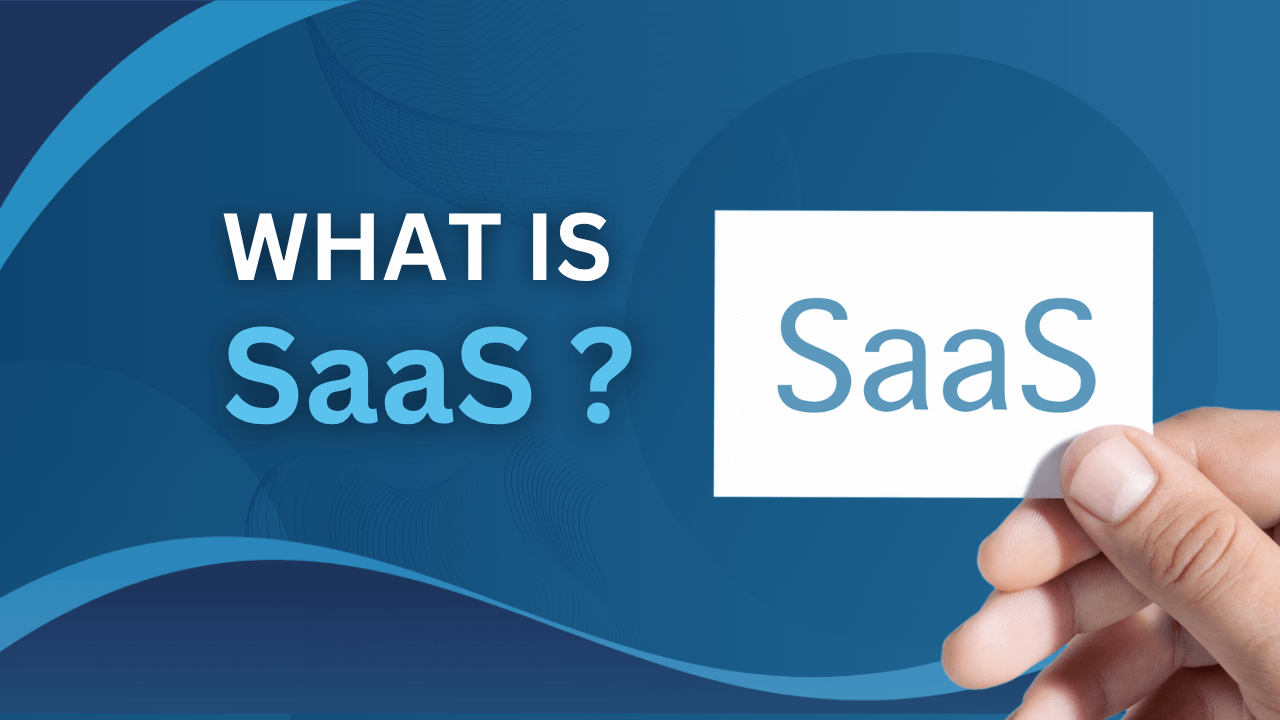Beginning innovation in the early 80s with the arrival of the first-generation desktop computers, information technology (IT) has played an important role in the development of businesses and global economies. Every business relies on their IT department for direct access to market intelligence, fast communications, quick data processing, and performing enterprise roles.
Therefore, IT without a doubt is important for every industry, helping maintain a competitive advantage in the marketplace, drive revenue growth, achieve cost efficiency, and improve vital processes. But how is all this made possible? Well, IT provides numerous commercial and industrial systems and technologies for businesses. For information about these systems, take a look below:
Function IT Systems
These IT systems generally provide applications to businesses for them to function effectively. Examples of common function IT systems that enhance workplace functions and boost overall productivity of employees include computer aided design (CAD) programs, statistical analysis software, spreadsheet applications, and word processor applications. The best part about these systems is that they can allow employees to perform or work on their tasks collectively and individually.
Enterprise IT Systems
As the name implies, these systems are primarily designed to manage processes for large organisations. However, this doesn’t mean they can’t be used by small businesses, as typically only the application software is hosted on large servers. Regardless, the transmission of information in these systems can be both: external and internal.
Examples of such systems include Electronic Data Interchange (EDI), health care specific software, and accounting software. Another good and common example of software application in this category includes Customer Relationship Management Software (CRM) used on mobiles and laptop computers.
Network IT Systems
As the name implies, these systems primarily provide network technologies to a business in order to promote effective communication both outside and within an organisation. Examples of these systems include electronic conferencing systems, IM (instant messaging) wiki sites, e-mail to blogs, and to some extent social networking as well. These types of technologies collaborate and facilitate quick information flow at all levels, hence ensuring rapid business growth.
Management IT systems
Management IT systems (MITS) are primarily designed to process data and transform it into useful information in order to perform managerial tasks. They are also defined as planned applications and are generally used as subsets of IT systems. Therefore, they play a huge role in promoting work efficiency, increase overall productivity, and improving businesses processes.
Since management in a business operate at different levels, these IT systems can be applied for each level providing quicker results. Some common examples of management information systems include marketing, financial, and human resources management systems.
As you can see, every IT system and technology plays an important role in the successful operation of businesses. Consequently, without a proper IT department it can be almost impossible for businesses to streamline their operations and improve their processes. So, if you plan on gaining a competitive advantage over other businesses and enhance your overall productivity, then it’s high time you utilise the services of a professional IT company.



